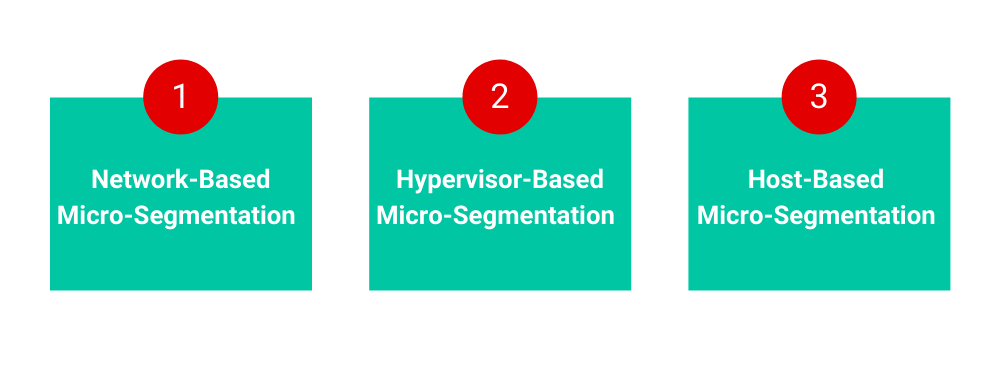 Become a Partner
Already a partner ? Login
Become a Partner
Already a partner ? Login
Program
Partner Program Overview
Designed to deliver unparalleled customer value and accelerated mutual growth by harnessing partner expertise and ColorTokens cybersecurity technology.
Learn MoreInfrastructure
Quick Links
Case Study
Industry Solutions
Quick Links
Program
Designed to deliver unparalleled customer value and accelerated mutual growth by harnessing partner expertise and ColorTokens cybersecurity technology.
Learn MoreFeatured Topic
Newsletter
 In this blog, we’ll explore the benefits of each approach to microsegmentation to help you choose the method best-suited for your organization.
In this blog, we’ll explore the benefits of each approach to microsegmentation to help you choose the method best-suited for your organization.
By submitting this form, you agree to ColorTokens
Terms of Service and
Privacy Policy